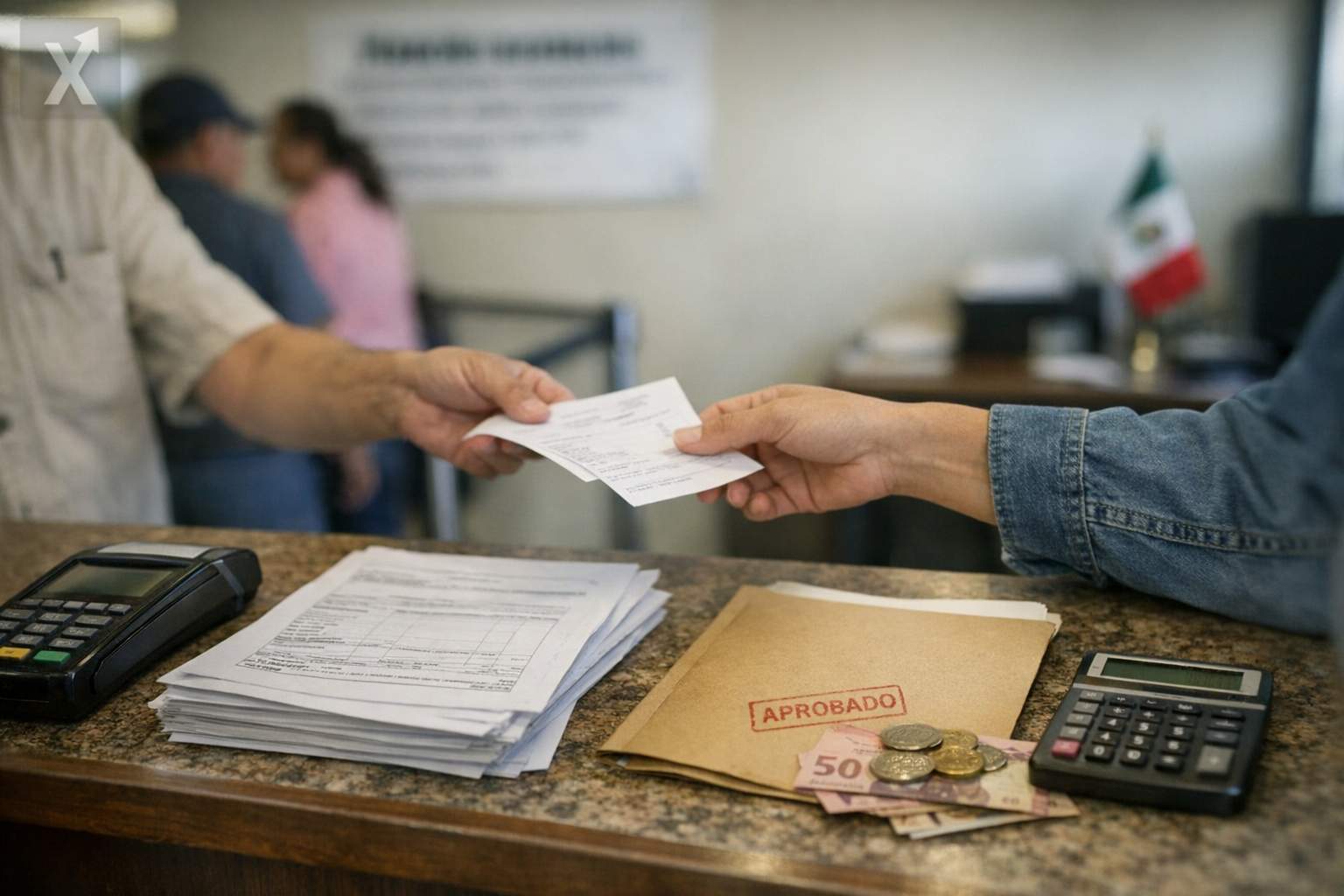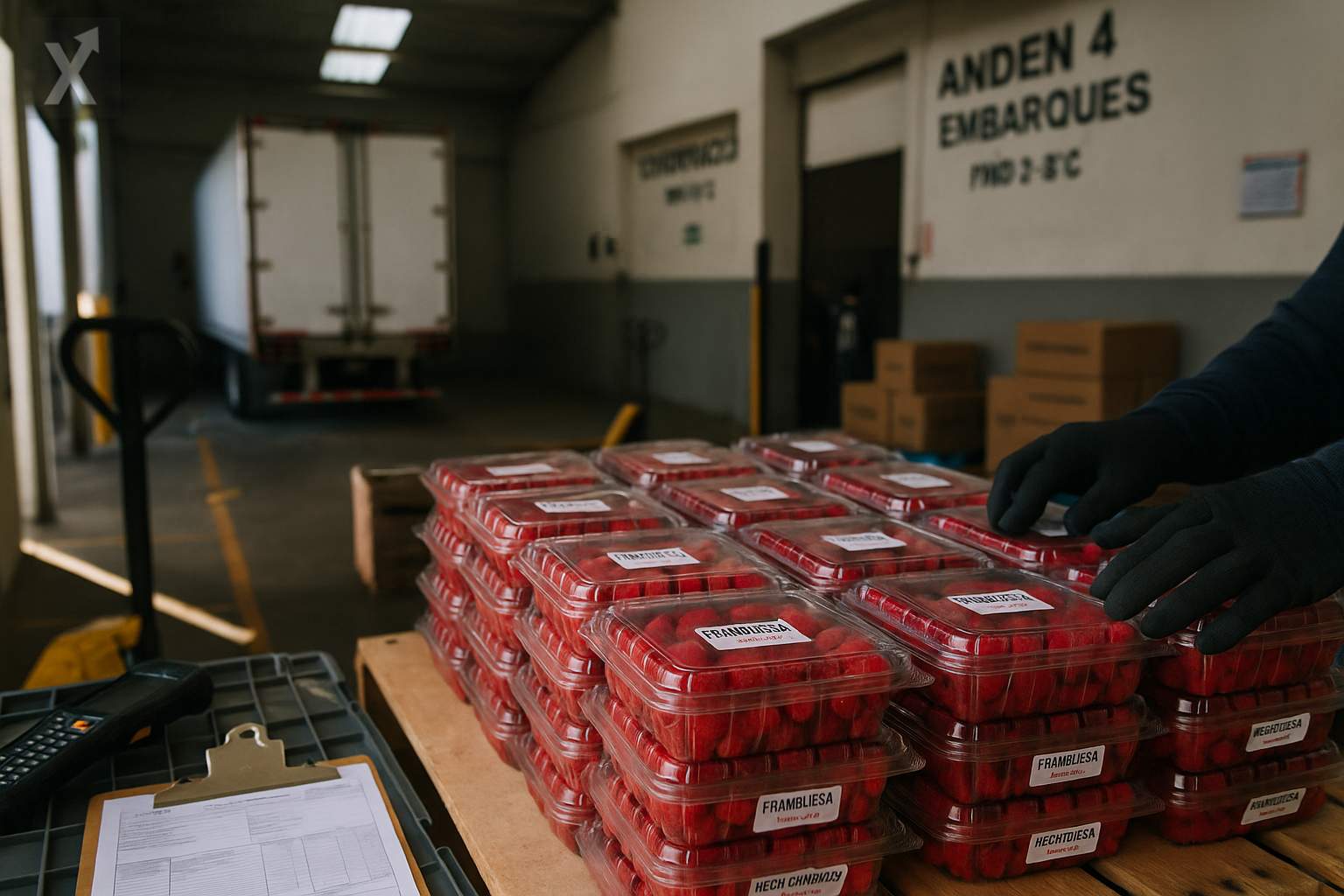Cetes Maintain Edge Over Inflation Despite Slight Declines in Latest Auction

Mexican Treasury Certificates (Cetes) posted slight declines in their most recent auction, but they continue to deliver returns above inflation. With the consumer price index bouncing back to 3.74% year-over-year in the first half of September, government securities remain an option for preserving purchasing power amid a gradual shift toward monetary policy normalization.
By term, yields were as follows: 7.19% for 28 days, 7.47% for 91 days, 7.55% for 182 days, and 7.63% for 364 days, according to the Bank of Mexico. The one-year segment continues to be the most attractive in the short end of the curve, offering a nominal yield that is more than double the pace of price increases. In every case, the yield outpaces the current inflation rate.
Cetes are discount instruments: their face value is 10 pesos, but they are purchased below that amount and at maturity the investor receives the full 10 pesos. The difference between the purchase price and the face value equals the yield, which is quoted as an annualized rate. As government securities, credit risk is considered low and they are highly liquid in the secondary market.
When it comes to ex-post real return, a simple estimate can be made by subtracting annual inflation from the nominal yield. Using that approach, a 28-day Cete at 7.19% offers a real yield of roughly 3.45 percentage points, while the 364-day security at 7.63% would mean about 3.89 points. In practice, these calculations can differ due to compounding effects, the exact holding period, taxes on interest, as well as broker fees.
The recent behavior of the short end of the curve reflects a mix of factors: the expectation that Banxico (Bank of Mexico) will continue easing its monetary stance if inflation steadily converges to the 3% target, moderate global growth, and market perception of internal risks. Since 2024, policymakers have favored a cautious, data-dependent approach given that pressures from services, wages, and agricultural prices can trigger bouts of volatility.
For savers, the current level of rates presents tactical opportunities. If the rate-cutting cycle continues, new issues could offer lower yields than currently available, making it appealing to lock in rates for 182 and 364 days—if your time horizon allows. If, on the other hand, inflation unexpectedly rises or risk aversion increases, rates could climb and those needing early liquidity might face losses if selling before maturity. Holding Cetes to maturity eliminates the risk of interim price fluctuations.
It’s also important to diversify according to your goals. Investors seeking direct protection against inflation may want to consider Udibonos, which pay a real rate plus the change in the Consumer Price Index (INPC), while Mbonos (longer-term fixed-rate bonds) offer the potential for capital gains if rates fall, but they are more sensitive to curve movements. For those prioritizing liquidity, 28- and 91-day Cetes are usually more suitable, and a laddering strategy allows for regular reinvestment and helps spread out reinvestment risk.
On the macro side, demand for short-term sovereign debt has remained strong in an environment of “nearshoring,” growing manufacturing investment, and a resilient labor market, although underlying risks persist: the fiscal outlook, public sector financing needs, exchange rate dynamics, and the direction of U.S. monetary policy. These factors can influence the shape of the yield curve and the path of returns going forward.
In summary, Cetes still deliver positive real returns and—for now—a risk–return profile that compares favorably with inflation. The decision of term and whether to lock in a rate depends on your investment horizon, risk tolerance, and expectations regarding inflation and Banxico’s next moves. Keeping an eye on fees, taxes, and liquidity will be key to capturing the returns currently being offered in this market.






